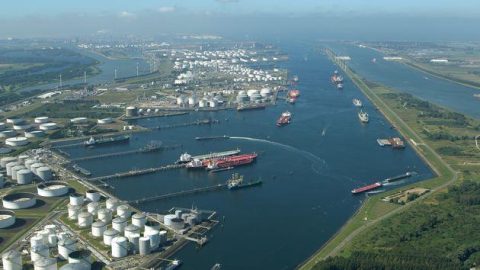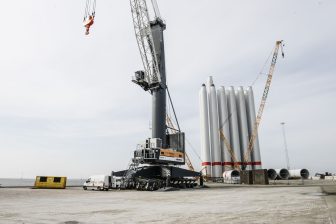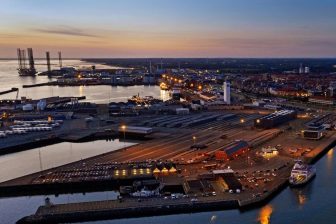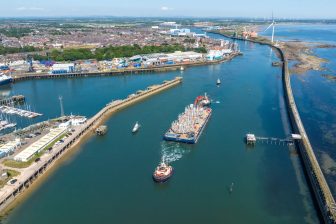
Port of Rotterdam leads large-scale ammonia cracker study
Port of Rotterdam is at the helm of an 18-company initiative to study the potential for establishing a large-scale ammonia cracker, which will enable the imports of 1 million tonnes of hydrogen per year for the decarbonisation of industry and mobility.
The participants have commissioned Fluor to study possibilities for a large central cracking facility in the port area to convert imported ammonia back into 1 million tonnes of hydrogen per year. The hydrogen can then be used in the port or transported onwards via pipelines to facilitate decarbonisation of other industrial clusters in North-West Europe. As a general rule, one million tonnes of green hydrogen can facilitate approximately 10 million tonnes of CO2-reductions.
Hydrogen and derivatives such as ammonia will play a key role in the energy transition to replace natural gas, as a raw material for industry and green chemistry, and to support sustainable transport. A large part of the hydrogen for North-West Europe will be imported, including in the form of ammonia, which is easier to ship than hydrogen.
Allard Castelein, CEO of the Port of Rotterdam Authority, “Europe will need large amounts of hydrogen to reach its climate objectives and a significant share of this can be imported via the port of Rotterdam. Ammonia is one of the most efficient ways to transport hydrogen and by establishing one central ammonia cracker, we can save time, space and resources to enable the imports of a million tonnes of hydrogen per year.”
In addition to the Port of Rotterdam Authority, the initiative also includes Air Liquide, Aramco, bp, Essent/ E.ON, ExxonMobil, Gasunie, GES, HES international, Koole Terminals, Linde, OCI, RWE, Shell, Sasol, Uniper, Vopak, and VTTI. The pre-feasibility study will look into the technical, economical, environmental and safety requirements of a large cracking facility. First results of the study are expected early 2023.
You just read one of our premium articles free of charge
Register now to keep reading premium articles.



